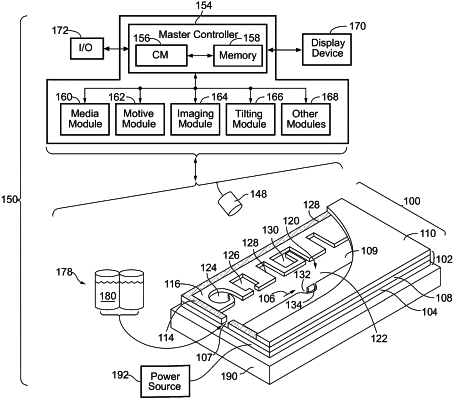| CPC G01N 33/574 (2013.01) [B01L 3/502761 (2013.01); C07K 16/00 (2013.01); C07K 16/2887 (2013.01); C07K 16/30 (2013.01); C12Q 1/6886 (2013.01); G01N 33/5047 (2013.01); G01N 33/505 (2013.01); G01N 33/5052 (2013.01); G01N 33/54366 (2013.01); G01N 33/56972 (2013.01); B01L 2200/0647 (2013.01); G01N 2800/7028 (2013.01)] | 22 Claims |

|
1. A method of identifying an isolated B cell that produces antibodies capable of binding to a cancer cell-associated antigen comprising:
loading a dissociated cell sample from at least one solid tumor sample obtained from a patient into a microfluidic device having at least one flow region and at least one sequestration chamber comprising an isolation region, wherein the isolation region is fluidically connected to the flow region;
moving at least one B cell from the dissociated cell sample into at least one isolation region in the microfluidic device, thereby obtaining at least one isolated B cell; and
identifying at least one isolated B cell that produces antibodies capable of binding to a cancer cell-associated antigen by introducing the cancer cell-associated antigen into the microfluidic device.
|